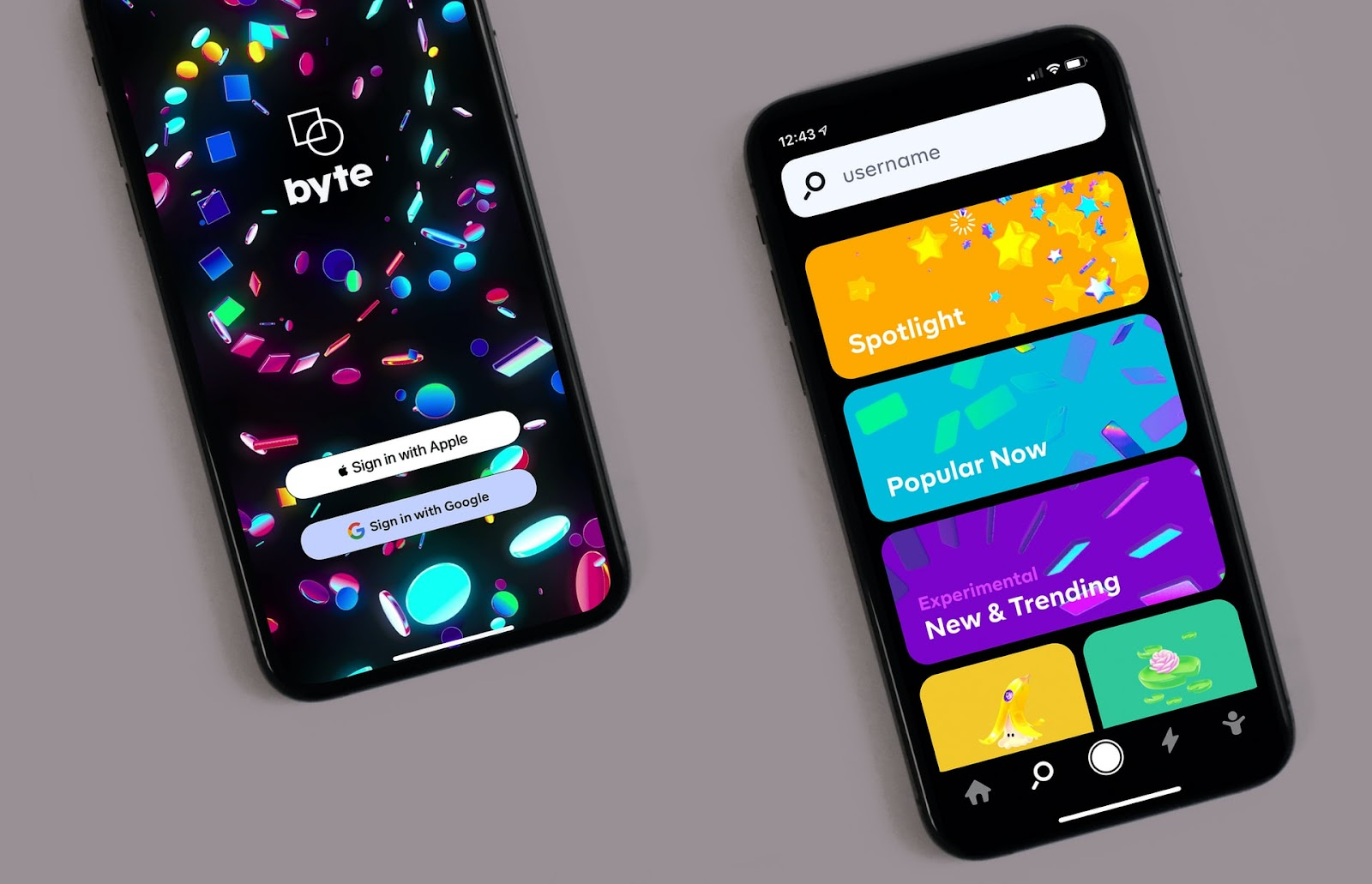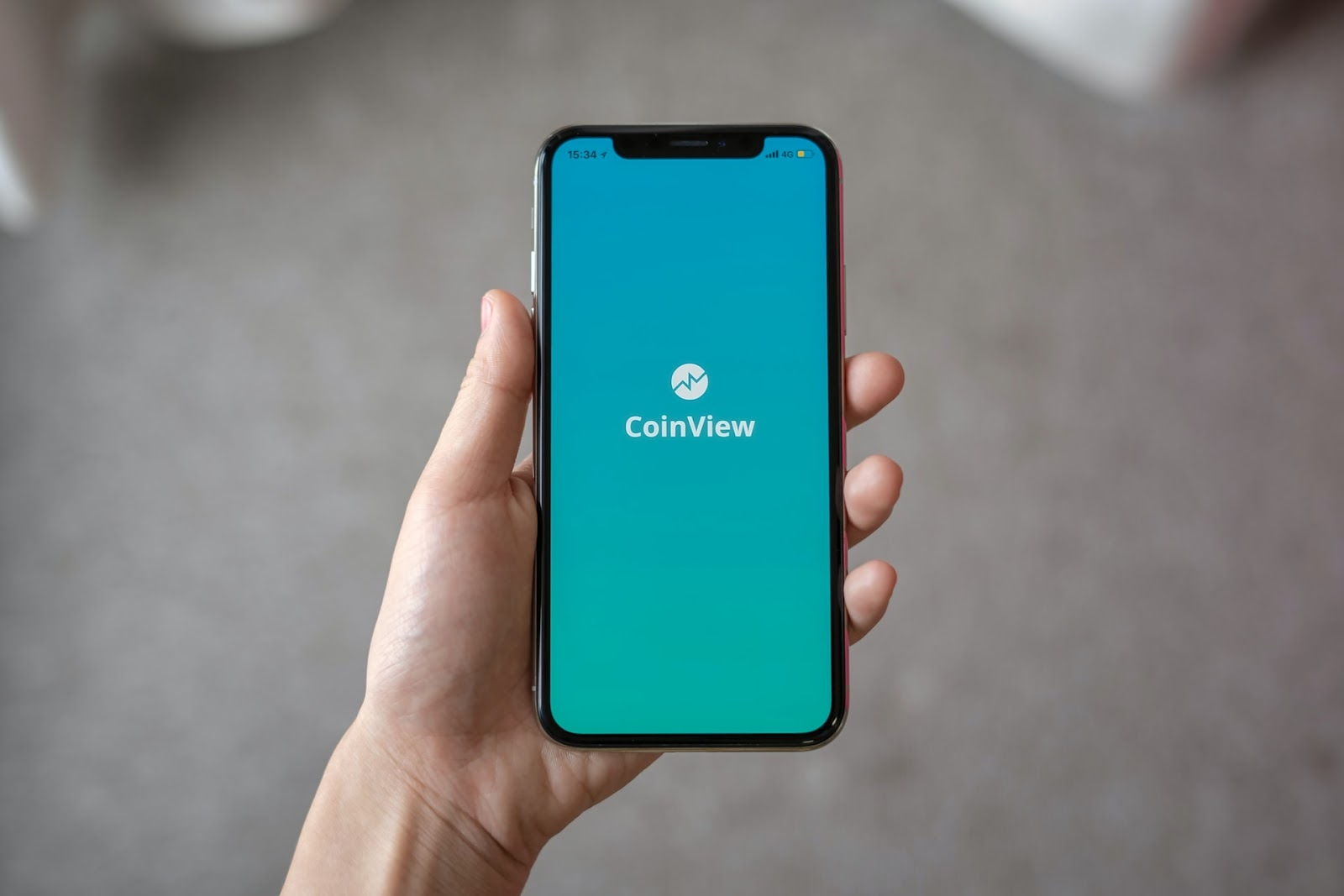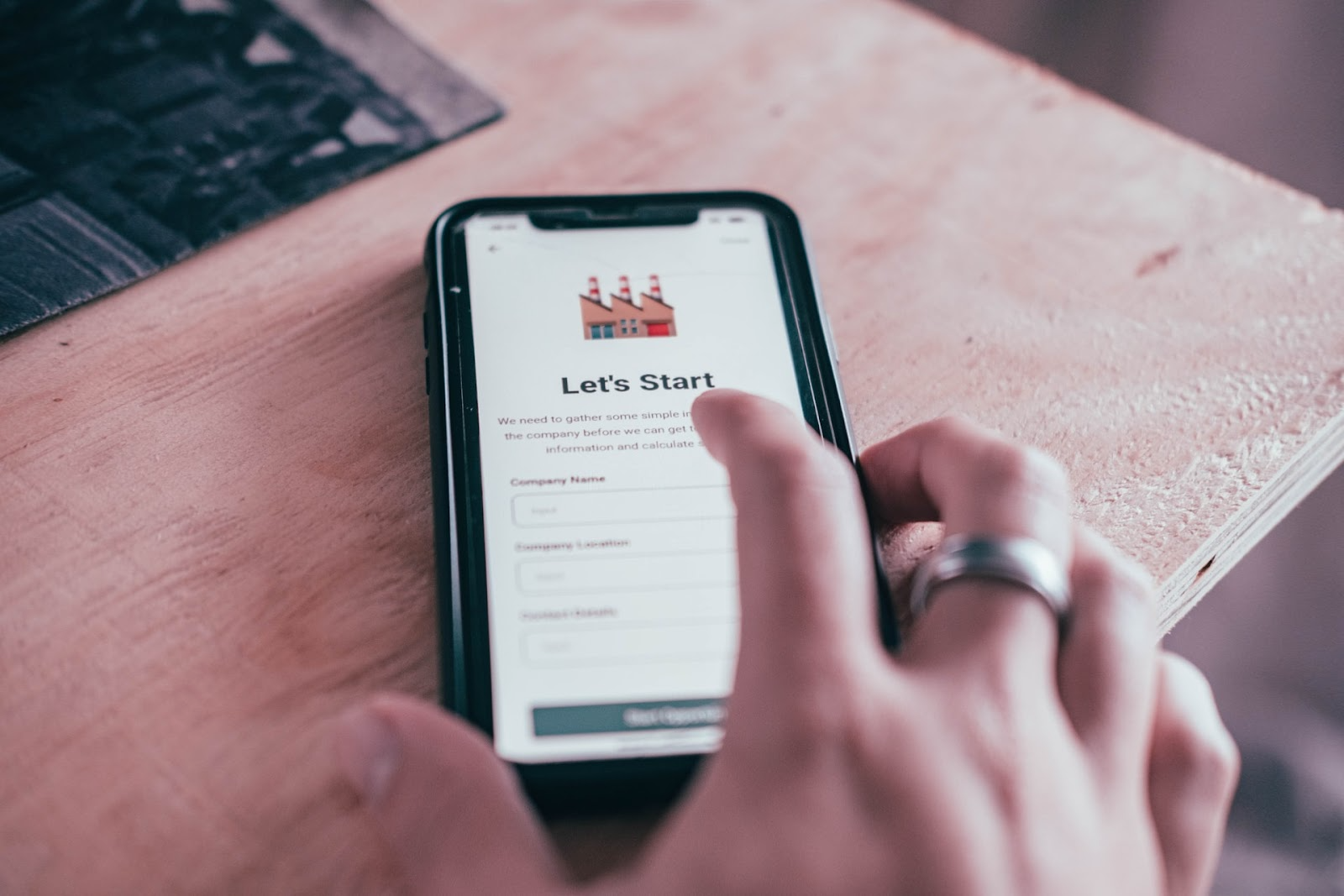.webp?2025-12-17T15:00:29.367Z)
Spotify Wrapped ideas make stats lovable

Customer onboarding guide — 2022 edition
Mark Polskii
Author @ InAppStory
Back in the days, when computer software programs were on the rise, customer onboarding meant the deployment procedure from purchasing the product till the installation of the application and guidance on how to start using the software.
Only in 1999, after the very first SaaS was deployed, did the meaning of customer onboarding start to rapidly change as customers' demands of businesses have grown more proactive. Thus, it made the customer onboarding process wider since there will always be another SaaS firm that the customer can switch to if they are dissatisfied.
So customer onboarding ensures that the customer is trained and guided through the app while receiving quantifiable value from the company that provides it. Only then the customer onboarding phase can be considered as a complete one. But what about the steps involved in it? What practices and metrics does it rely on to be as effective as it is? To find out the answer, look through the article below!
What is customer onboarding?
Customer onboarding or Software-as-a-Service onboarding (which is relatively the same thing) is the process of assisting new users in getting started and remaining engaged within a web or a mobile app. It's a predetermined set of actions and tools for users to understand a digital product as simple as possible.
However, customer onboarding is more than just a simple education program that shows how to utilize your app. A strong customer onboarding guide also includes the objectives of the business and the genuine demands of its customers.
Why is customer onboarding important?

There are several reasons why your mobile application should be carefully configured and set the right customer onboarding experience. It isn’t just a lovely addition to your entire product; it is a fundamental business strategy to retain and attract new customers. When it is implemented correctly, it potentially leads to:
- Easy and flexible product: The customer onboarding process puts all critical information at the client’s fingertips. By demonstrating all of the crucial information presented as simply as possible, the customer will receive an efficient overview of your platform and avoid any bottlenecks in the future.
- Reduces scope creep: Develop clear expectations from your product early on to ensure that everyone will understand what you can offer. By conducting due diligence upfront, you will reduce the likelihood of scope creep. Over 90% of customers feel that the companies they buy from could do better when it comes to onboarding new users/customers.
- Satisfaction factor: If a client sees if a specific product/service can greatly benefit them, they will be willing to develop a solid relationship with that company. Furthermore, this will make your customers happier, but they will be a direct source of your top referral source.
- Ensures compliance: By developing a highly repeatable customer onboarding guide, you can establish compliance in everything you do.
There is no doubt that every customer onboarding is the same and should be configured similarly. To reach the benefits we demonstrated above, you must analyze your target audience’s demands and optimize the onboarding process to develop an effective relationship with your customers.
The customer onboarding process

1. Greeting message
One of the first customer onboarding tools should be a simple greeting message, which greets users at first login and encourages them to take the first step forward. This message should also have an action button that makes the user go through the whole customer onboarding process.
2. Product setup
Create a tutorial to take your customers through the setup process. Make this tutorial short and optional. It's suggested to carefully guide them through your mobile app while performing actions within the app. That way, they will get more accustomed to it.
3. Empty states
When users log in to their mobile app for the first time, they may see an empty space or states of your app features. So instead of this void, fill them with informative and actionable material that describes the quality, demonstrates its usefulness, and encourages users to begin utilizing it.
4. Interactive walkthrough
The most critical aspect of customer onboarding is to show your users the value of your product. Allowing clients to utilize the product and learn by doing is the best approach to educate them. Ensure that you include contextual recommendations that guide users to execute a task with interactive elements and dynamic elements (respond animations).
5. Web app Stories
One of the most notable features that practically all modern users are acquainted with is the mobile app Stories, similar to the Instagram ones. They can provide fast, valuable, and interactive insights about the product itself or any promotions that you can offer. Our case studies showed at least a 20% engagement rate improvement after implementing them in our partners’ products. So if you want to provide fast and valuable offers right from the start of your customer onboarding, mobile app Stories is the way to go.
6. Knowledge base
A knowledge base is where your customers can search answers for commonly asked topics because it enables users to resolve issues quickly and independently. This feature can also be a part of your customer onboarding and serve as a good place to answer all questions. Otherwise, you may implement a chatbot, as it can assist users in resolving their issues without requiring them to search anything.
7. Mini celebrations
The best way to celebrate the achievement of your milestones is to share them with your customer directly! Get them thrilled about being one step closer to their goals and give them some sort of present or a limited offer. The best way to do so is within the in-app notification and an email. That way, the engagement rates will rise while retaining the current customer pool of users.
Best practices customer onboarding
Analyze and understand your customers - that’s the first thing you should do.

Apart from the procedures that your customer onboarding should follow, various customer onboarding processes are also practices. The following will help you create a solid onboarding experience while retaining old and attracting new customers.
1. Understand your target audience
Before you even begin considering what kind of newsletter template or what kind of offer you want to implement, you should be familiar with your target audience. That means that you need to understand their goals, motives, pain points, and challenges, and ideal solutions and outcomes. This information will assist in customizing their onboarding experience and prioritizing all of the objectives.
2. Clear expectations
The expectations that you build for your customers before they use your product should be apparent and transparent. Later on, your entire marketing funnel will rise to the sales department, and the expectations you’ve built so far must match with what your sales representatives will talk about. The same technique applies to customer onboarding, as you should constantly remind clients of the value of your product. That way, if they encounter a problem, they will be better equipped to deal with it and will not give up that fast.
3. Show the value of your product/service
Before you can get your new consumer excited about your product, you must re-emphasize the importance it will give in their particular situation. Demonstrate practical and straightforward approaches to how your product will alleviate their pain points. You should include a personal touch in this section. A kick-off call, specific training, or documentation would all be beneficial in this situation. After all, 70% of customers say that it’s essential to understand how to use a product in their businesses.
4. Dynamic communication
After you have initiated your very first interaction with a customer (whether it was through social media or a direct email letter), use other means of communication to engage and interact with your customer constantly. You should always have intriguing and exciting information to share, whether in-app training or guides throughout the onboarding process. Once they find value in your product, you can already change your strategy as the people will sign up to view in-app notifications on their own.
Customer onboarding metrics

If you already know how to implement or have any experience in implementing customer onboarding procedures, then you know the metrics to analyze. We’ve already mentioned that onboarding is not only a part of your digital product; it is indeed a crucial point for your business. That means a business owner should assess its effectiveness through the customer onboarding metrics. The following are the significant and critical client onboarding metrics that you should monitor and analyze.
1. Churn rate
One of the primary customer onboarding metrics is the churn rate consumers drop out from your app engagement. The more unique, valuable, and exclusive your product becomes, the lower your churn rate.
2. Lifetime value
The lifetime value is the metric that shows the average revenue a customer generates from your app. A variety of factors influence this measure, one of which (the major one) is a customer’s length or stickiness to an app. The longer a customer remains active and won’t abandon it, the greater their LTV.
3. Retention metrics
The retention rate should be tracked over time to understand why consumers drop out from your app. Suppose the majority of your customers abandon their accounts during the first week of onboarding. In that case, you may want to consider altering your welcome messages and changing the customer onboarding plan to attract new users differently.
4. Free trial conversions
Almost every customer onboarding begins with a user signing up for a free trial. Thus, if your consumers did not convert after using your application for the first time, something is wrong with your onboarding guide, and you should look into it. It may be because they are simply unfamiliar with your specific features or mobile app screens, making it challenging to use your app. So try to understand the root problem why people keep dropping your app. Track the number of people who convert to customers after the sign-up to determine the efficiency of your onboarding efforts.
Customer onboarding examples

Slack
One of the very famous customer onboarding examples that got highly recognizable is Slack. A very typical and yet interactive, engaging, and positive tool used for communication purposes. It facilitates speedy communication between various development teams. The simple user interface of Slack leads to a smooth and enjoyable onboarding process for new users. The initial onboarding process begins with three questions: the user's company, the communication channel's name, and the team members' email addresses. After that, the users see a virtual bot that guides them through all of the essential parts of Slack.
Calm
One of the other customer onboarding examples is Calm - a meditation app that assists people in getting good sleep. As soon as the customer opens the app, the calming music and relaxing design layout are presented. The calming colors contribute to enhancing the user's comfort that immediately lets the user feel at ease. After responding to the initial questions, users are presented with a customized home screen that includes different recommendations for activities that would help them relax.
In conclusion
The customer onboarding procedure starts your app’s user journey, and it is impactful, as we described above. According to GrooveHQ, highly engaged users are willing to purchase your product/service 90% more often. Thus, you can tell that it establishes a strong relationship between you and your customers.
The customer onboarding’s ultimate goal is to retain your consumers and put them on a long-term partnership with your product. The most accurate indication of a successful customer onboarding is whether users would return to your product after a significant amount of time after their initial use.
The most impactful approach InAppStory has discovered after a thorough analysis is mobile app Stories in the onboarding process. According to our team’s numerous tests, we found that 20% of users who browsed Stories will actively interact with the app itself, adding two more minutes during their daily app session. Don’t believe it? Try our demo and see the results for yourself.

